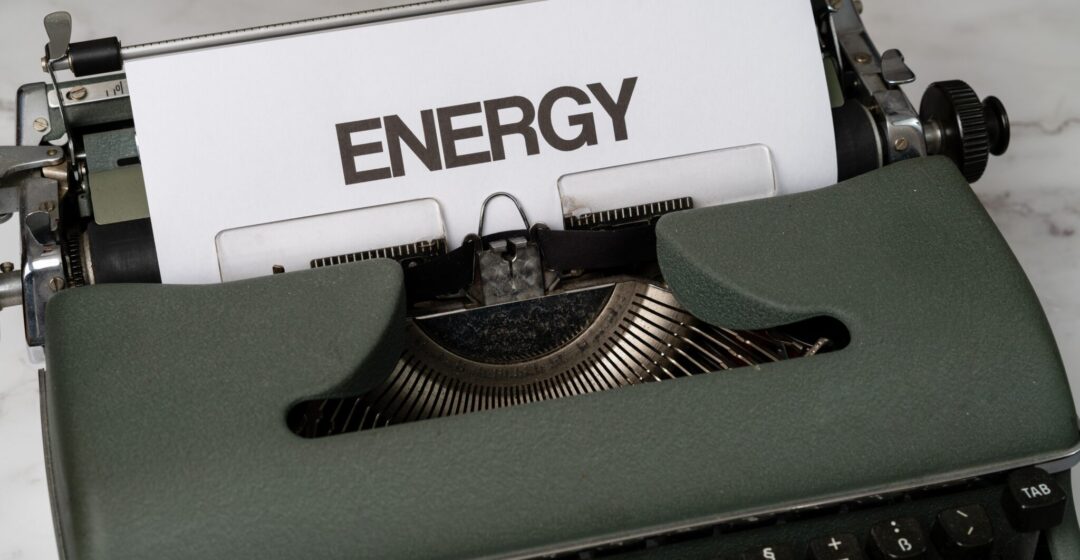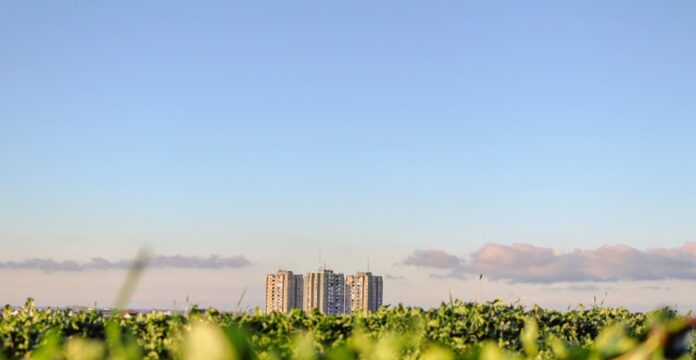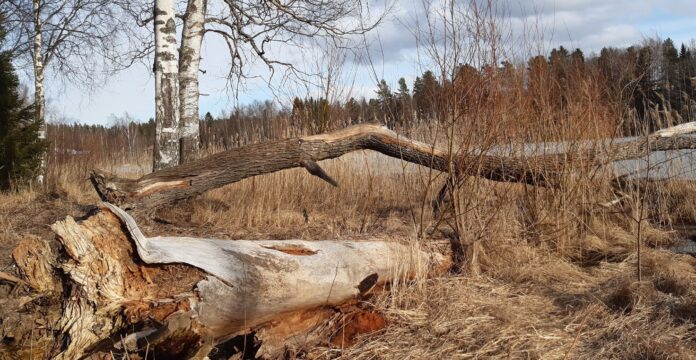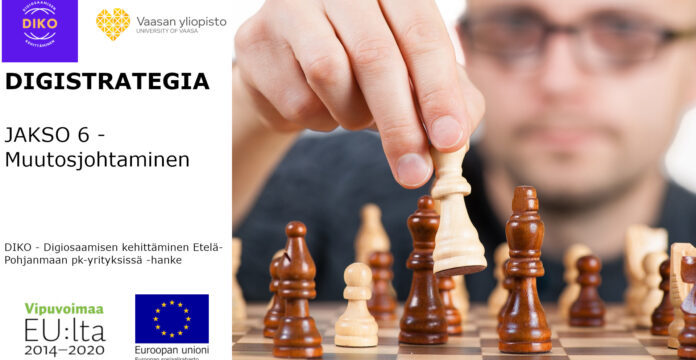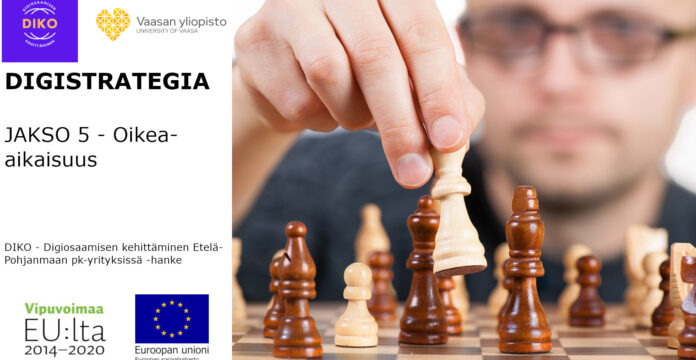In western countries it has been almost a fashion statement to take loans to patch up holes in budgets. The long term result is a miserable load of debt for future generations to carry – and to pay interests. The lack of economical planning seems to be the reason for this undesired outcome. Is there anything to be done? In Seinäjoki team Frami came up with one possible answer to ease the situation: a big nuclear power plant. Yes, you read it right.
There are economists who say in the very long term he who has the cheapest energy is the winner in the multilateral business-game. Resources including hard working labor-force are important, but abundant cheap energy dictates the outcome in the long run. These economists often mention wind-power and solar-power are important in this regard, because there is only the dubious nuclear power to challenge them. The operational costs of nuclear power-plant are very cheap but the installation itself is dangerous. This is true, but with modern technology and care it is possible to reduce this danger to near non-existent.
Chernobyl blew because it had a serious design-flaw and workers were toying with it. Obviously, there were too many interesting buttons on the control-board, some of which even had those fancy flashing lights. Fukushima was a typical Japanese harakiri –plant: it was built on seashore, with security systems powered by batteries. And when the tsunami come, we once again saw that water and batteries do not mix very well.
Olkiluoto 3 is a different kind of nuclear power plant. Building it was long and costly, but it was created with security in mind first. This mostly explains the difficulties building it, but the big plant (able to produce a whopping 1600 megawatts per hour and around 13TWh per year) is robust enough to handle most disasters, including incoming aircraft. In addition, in the case of disaster the thick concrete shield around the core should with little luck keep the radioactive goo inside the plant; this is one major thing that went wrong with both Chernobyl and Fukushima.
At the moment the global situation is what it is. Russo-Ukraine war has been a disappointment in many ways. War is initially something to be avoided and this time the whole conflict has turned into slow, messy business. China has seen corona-blockades and her industry has slowed down. Of course, The Dragon of the East is a great long-term promise economically. Overall, the shadow of recession still looms in the horizon. Inflation in Europe is c. 10 % in many countries. Good news is Federal Reserve in U.S. is now fighting inflation in earnest with initially promising results.
Of future, there is little certainty, but we do know one thing for sure: energy is needed in years to come. A western welfare-society is powered by electricity, it does not run with good intentions alone.
So what we can do, considering the mistakes of the past? Perhaps we could make a plan, a long-term one this time. How about cheap, abundant energy? Building many more windmills helps only so far: in Frami we calculated it takes a windy day and 866 standard wind-mills to generate 13 terawatts per year, the maximum energy output of O3. Also, windmills require a lot of maintenance. Solar-power is possible, but in the case of Finland, this is not an option given the dark wintertime. Power is needed 24/7, not just when it is a shiny, windy day.
Nuclear power raises fears in many, but in truth, it is not any more boogieman than fire: It is good servant, but poor master. One just should make sure it remains a servant and keep investing in security. A twin sister for Olkiluoto 3 may not alone spell a future for Finnish economy, but it could be of great help. Building one will be now easier and cheaper, because they know now how to build one. Let’s keep the lights on, economy running and go for O4.
Statistics show that Finland exported 2020 18,5% and 2021 20,4% of electricity consumptions in these years and the figures already include all exports. As the figures are realized production and consumption, those do not take into account the production of O3 yet. But we can clearly see that the production of 13TWh by O3 is not enough to fill the cap between consumption and production. Not to mention that these figures consider only electricity not the full need of other energy sources that may change the whole game now because of Russo-Ukraine war and energy crisis. Therefore, it is safe to say that we definitely need more electricity production in this country and the O4 is more than a safe bet. In case of electricity imports the money flows from our pockets to our neighbors and in these times when our country is debting, it ain’t the best deal, but rather money flowing the other way should be the case. That said even O5 might be considered.

Harri Koski & Marko Siltamäki
